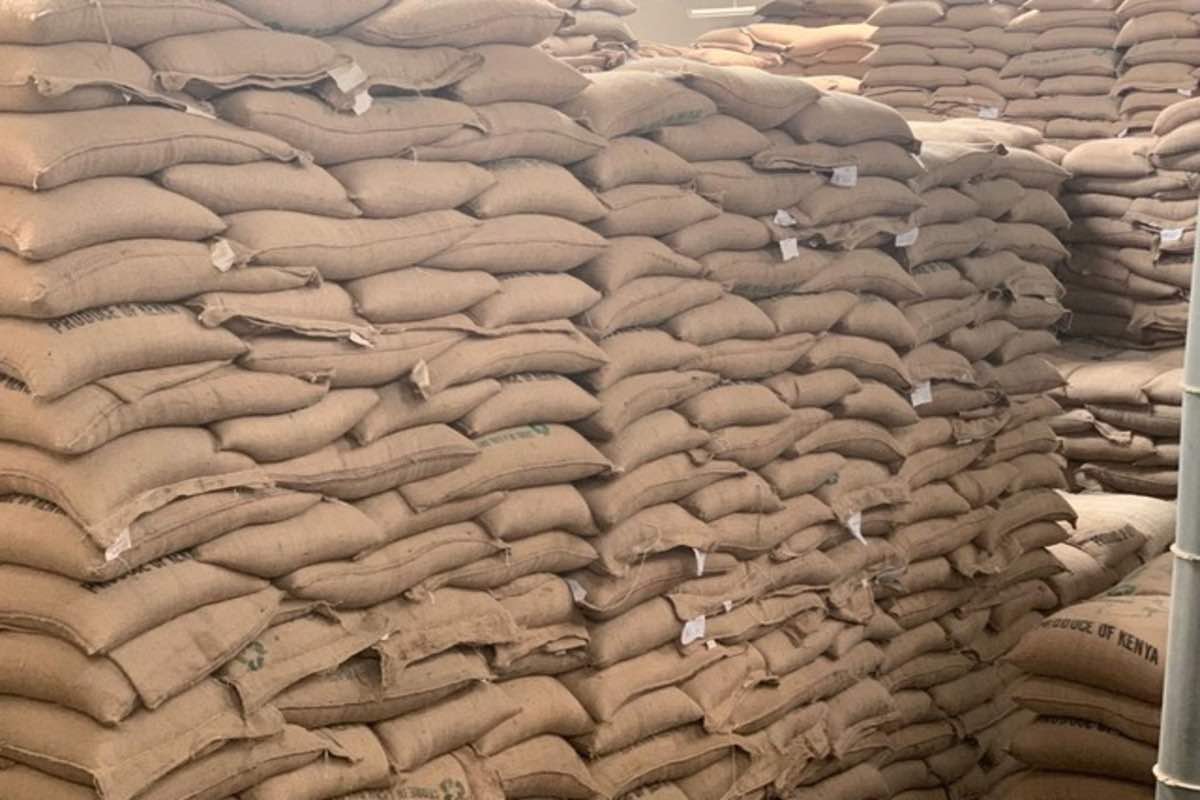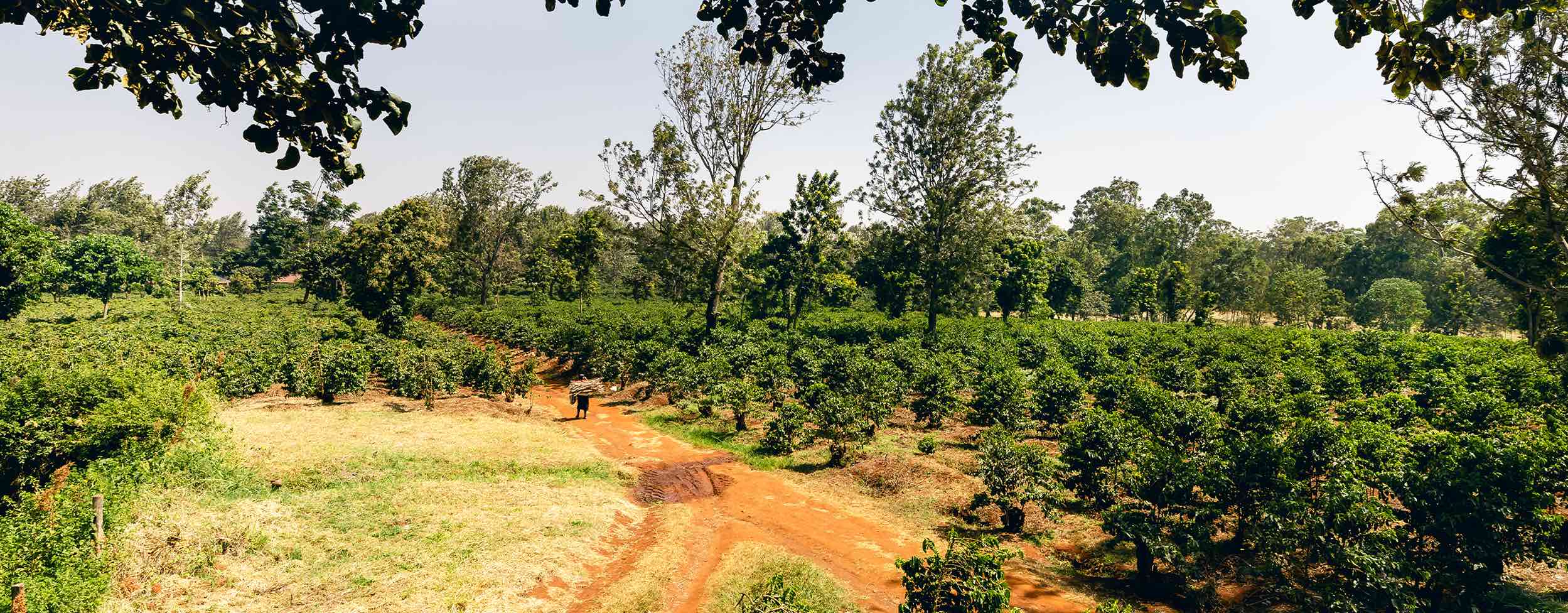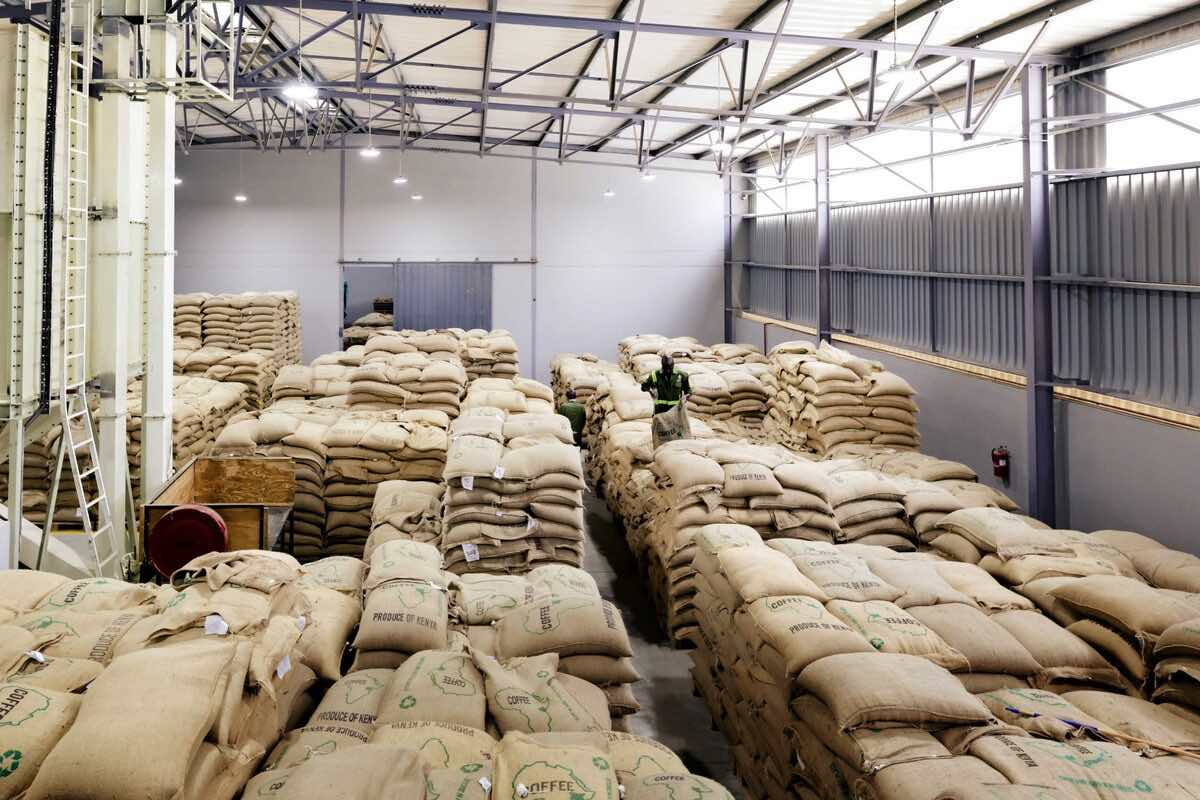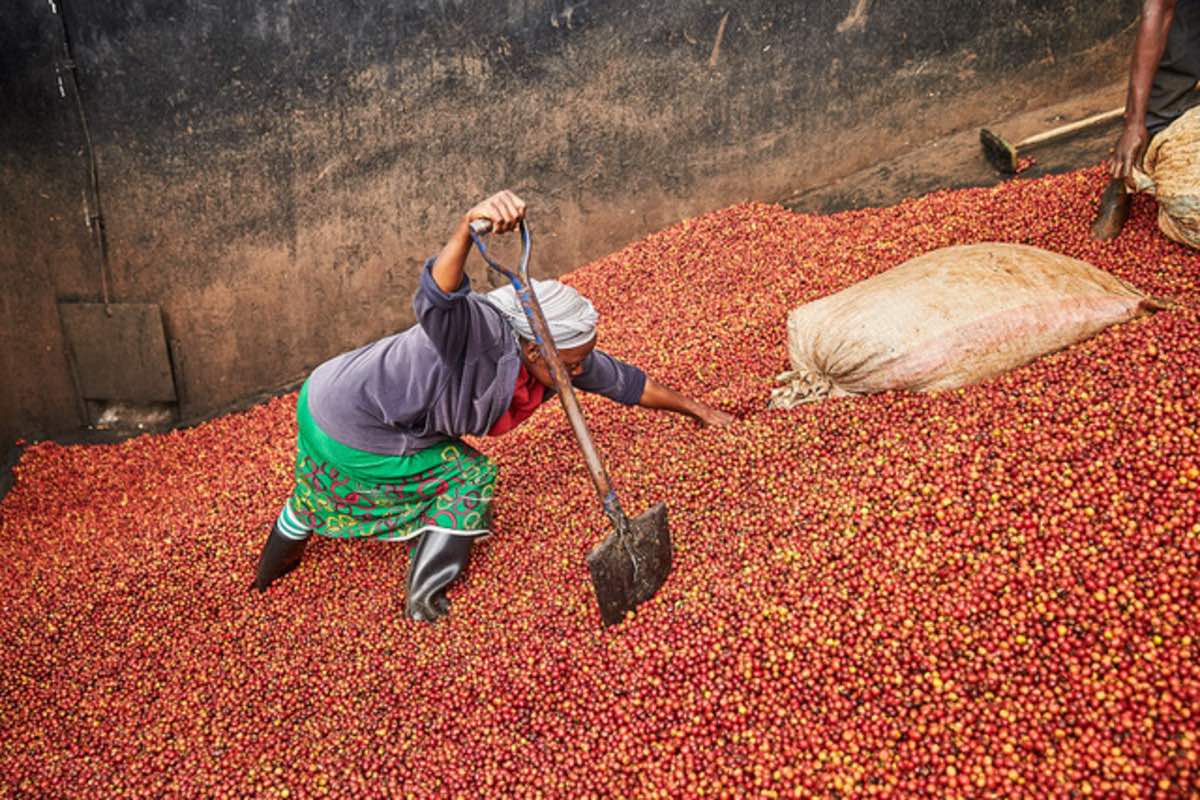
ICE’s Increased Differentials on the Coffee Industry
Introduction
In a significant development for the coffee industry, the Intercontinental Exchange (ICE) has recently announced adjustments to the price differentials for coffee deliveries from four major coffee-producing countries: Colombia, Kenya, Costa Rica, and Guatemala. Effective from January 26, 2024, for March 2026 contracts and onwards, these changes signal a shift in the pricing dynamics of coffee futures and are expected to have far-reaching effects on the industry.
Pricing Adjustments: What Does It Mean?
The adjustments in price differentials, reflect changes in the perceived value of coffee from these origins. An increase in the differential suggests an elevated value, attributed to factors such as improved quality, shifts in supply and demand, or other market conditions. This move aligns the ICE with the underlying cash market, as stated in the Commodity Futures Trading Commission filing.
Market Conditions and Impact on ICE Stock Levels
A crucial factor influencing these adjustments is the historically low levels of ICE arabica stocks, reaching their lowest point since 1999. By increasing differentials, the ICE aims to incentivize producers and exporters to deliver coffee to the exchange, potentially boosting stock levels. This move is particularly relevant given the current low volumes of coffee in the certified arabica stock inventory, contributing to market uncertainty and volatility.
Honduras and Brazil, holding the largest shares of certified stocks, remain unchanged in this adjustment. Honduras delivers at par with futures prices, while Brazil maintains a $0.06 per pound discount. This is likely because both countries already contribute substantial volumes to the exchange.
Future Safeguarding: Impact on Coffee Producers
Colombia stands out as the most significantly impacted origin due to its substantial volume of coffee production. The increased differentials make delivering coffee to the exchange a more viable option for Colombian producers. On the other hand, Kenya, Costa Rica, and Guatemala, with typically more expensive coffee, might see a less pronounced impact.
The adjustments could make coffee farming more attractive in all these countries, as higher differentials offer increased revenue potential. This, in turn, may discourage farmers from shifting to other, more profitable crops, thereby securing future coffee deliveries and enhancing the long-term stability of coffee stocks from these origins.
Quality Incentives and Market Forces
The rise in differentials can act as an economic incentive for growers to focus on improving the quality of their coffee beans. Producers in regions with increased differentials may invest in better cultivation and processing methods, meeting the demand for premium-quality coffee associated with higher differentials. This market-driven mechanism has the potential to drive continuous improvements in the quality of coffee production.
Impact on Roasters and Consumers
For roasters, the increased differentials for major coffee-producing countries imply higher coffee prices across the board. In an already challenging market environment with squeezed profit margins due to persistent inflation and rising operational costs, roasters may either absorb the increased costs or pass them along the supply chain to consumers.
As these adjustments unfold, the coffee industry must adapt to the evolving dynamics, considering the potential implications on production, quality, and pricing. The increased differentials represent not only a response to current market conditions but also a strategic move to shape the future of coffee trading and production.
Source : Coffee Intelligence






